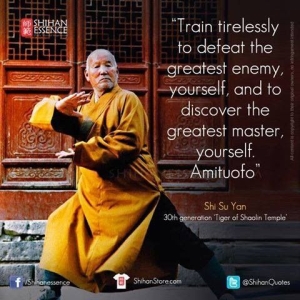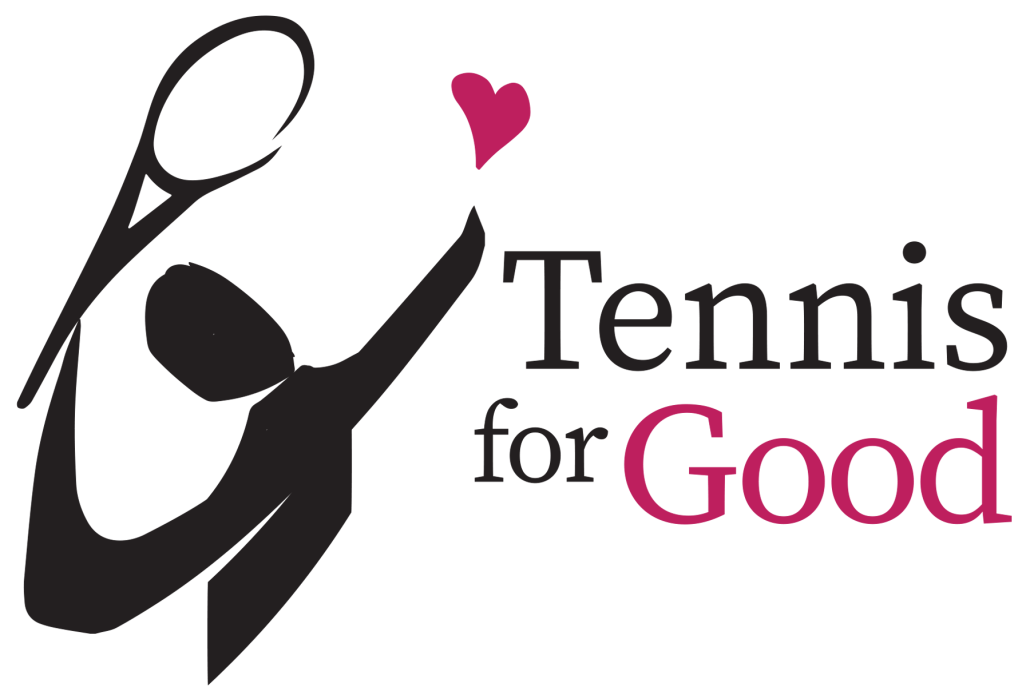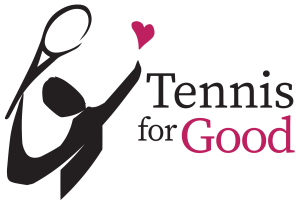TENNIS AS A SECULAR MARTIAL ART (A CURRICULUM)
 As I’ve written these daily meditations about tennis as a wisdom practice, it’s started to dawn on me that there’s something programmatic in all this — a curriculum. If someone — like, say, me — were to teach this material, what would it look like?
As I’ve written these daily meditations about tennis as a wisdom practice, it’s started to dawn on me that there’s something programmatic in all this — a curriculum. If someone — like, say, me — were to teach this material, what would it look like?
This isn’t just a theoretical question. I’m seriously considering taking up my racket (or my Zoom account) and teaching people how to integrate my meditation material into their game and their lives.
Let’s start with what to call it. This isn’t only a curriculum, after all. It could also be a book. The title is clear to me: Tennis as a Secular Martial Art.
Why does this title work so well? For two reasons, I think:
- As I understand it (and I’m no black belt!), the study of martial arts unfolds in an atmosphere of stillness. The quality of attention is emphasized, and it is this that ultimately determines a student’s progress. Dojos have a sacred quality because they all have a sign written on their walls in invisible ink: “You have to be present to win.” In The Inner Game of Tennis, Timothy Gallwey discovered what in hindsight is blaringly obvious: Tennis has an inner dimension. Conceived as a curriculum, Tennis as a Secular Martial Art takes this notion to a much more finely-hewn level of nuance.
- Martial arts is all about the form. You work on the form, you work on the form, you work on the form. Combat is at the far end of the journey if you ever get there at all. If you’re a practitioner of tai chi, all you work on is the form — it’s all about attention and awareness. After years of working on my tennis game, I’ve come to realize that my greatest joy comes not from competing but from doing my best to evolve my form. I’m trying to practice tennis tai chi inside a secular culture where the primary focus is on getting good enough to win matches. I believe one can achieve just as much ‘success’ by focusing on tennis as a form and then by bringing to competitive situations the skills developed in that practice such as technical acuity, mental clarity, and controlled attention.
In a very real if less than literal sense, Tennis as a Secular Martial Art takes our usual approach to tennis and turns it on its head.
In future meditations, I’ll drill down on what a Tennis as a Secular Martial Art curriculum might look like. For now, I’ll note that I’m currently envisioning four tracks:
- Attention. This part would be technical and include ‘games’ like ‘Contact Point’ (noting where on the strings the racket meets the ball) and ‘Rhythm Method’ (dancing with the opponent, dancing to the ball).
- Emotions. This track would focus on training our emotional responses so they work in our favor and not against us. We’d work on developing what I’ve come to think of as “pragmatic positivity.”
- Narratives. We all translate our experiences into stories — it’s how our brains are wired. Narratives aren’t true — they’re subjective, by definition. The question thus arises: How can we rewrite them to our advantage? This is what this track would focus on.
- Achieving Flow (Accessing the Zone). Ultimately, tennis is a means to an end — bringing more joy and happiness into your life. Underneath the companionship, ball-striking and the rest, something else is at work when you’re on the tennis court — you’re getting into flow, a mental/psychological peak-performance (and peak-happiness) state that’s created by the right combination of attention, attitude and neurochemicals. This track would teach people how to make that happen both on the court and off it.
Based on sheer numbers and probabilities, someone is probably already taking this approach to teaching tennis. I don’t know of anyone, though. Please correct me if I’m wrong, but at the risk of sounding (and being) grandiose, this seems like a new paradigm to me.
Does approaching tennis as a secular martial art appeal to you? Would you have any interest in online Zoom groups where people pursued this approach in community?


Leave a Reply
Want to join the discussion?Feel free to contribute!